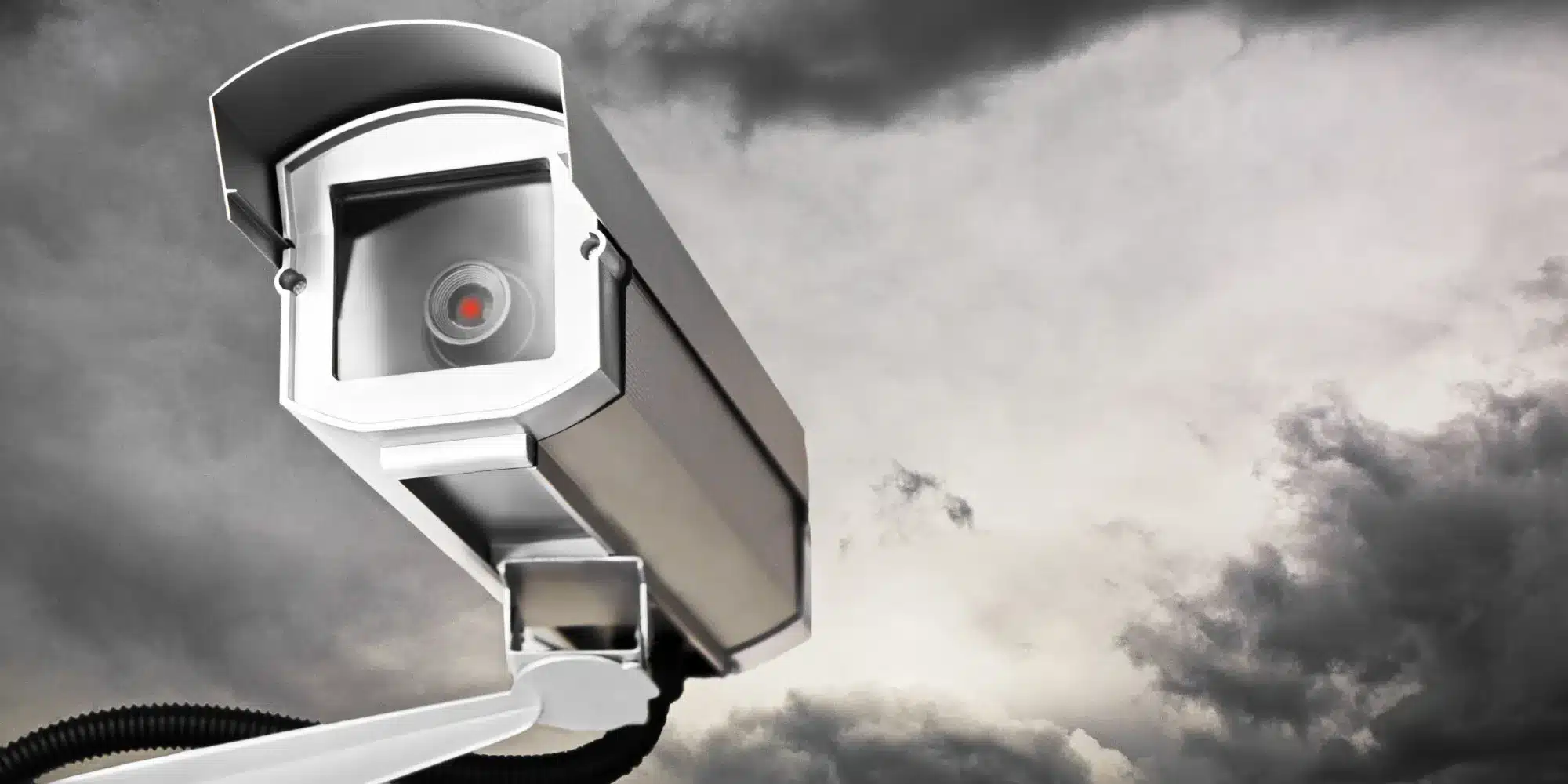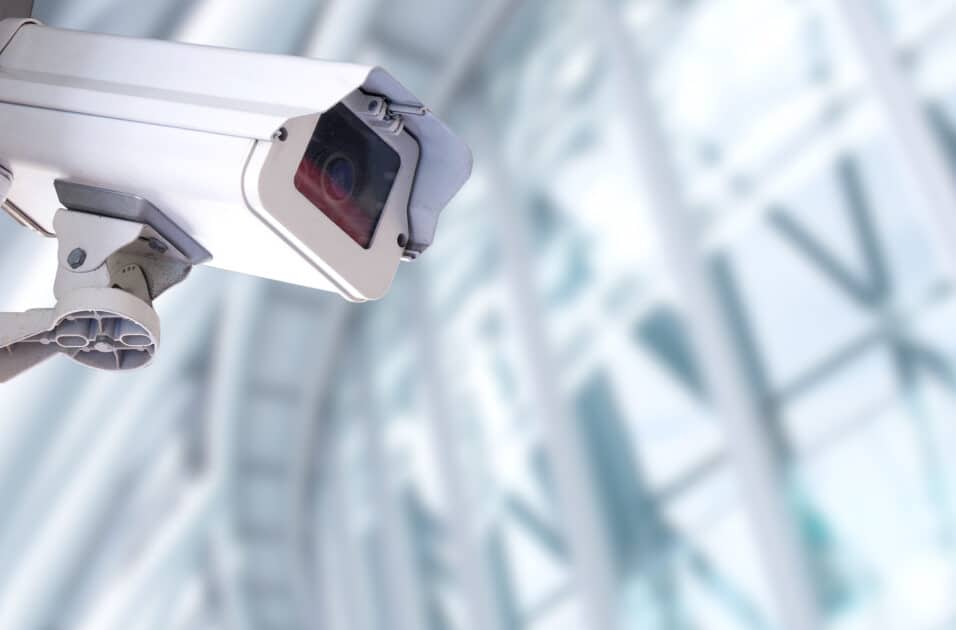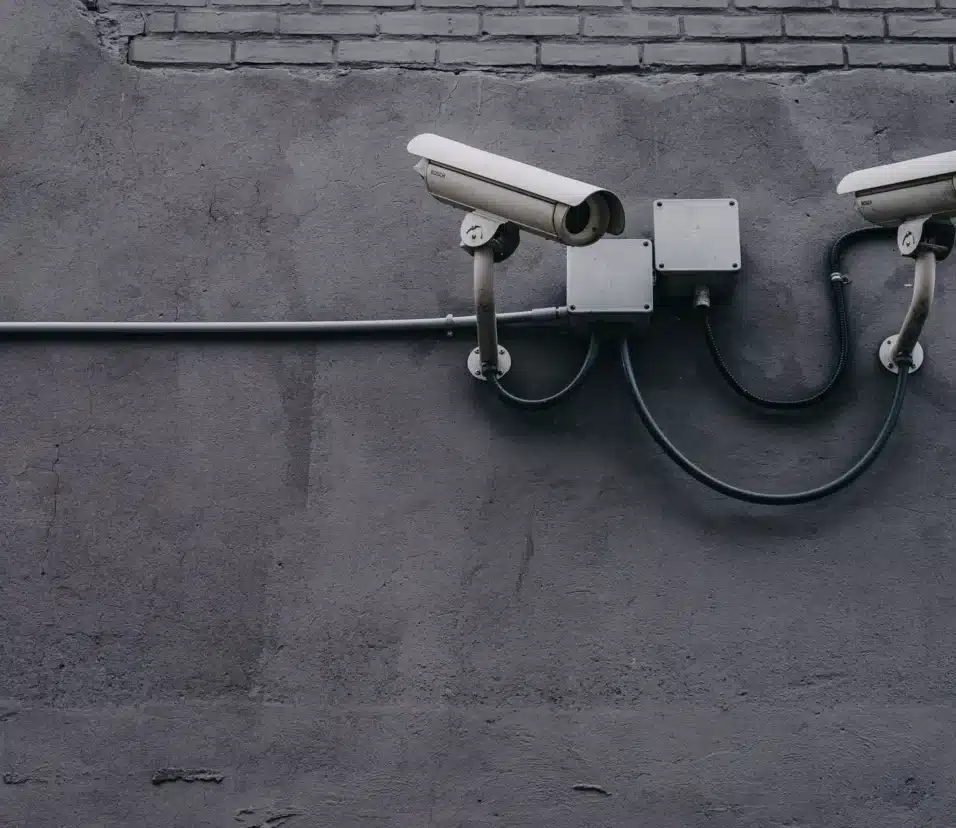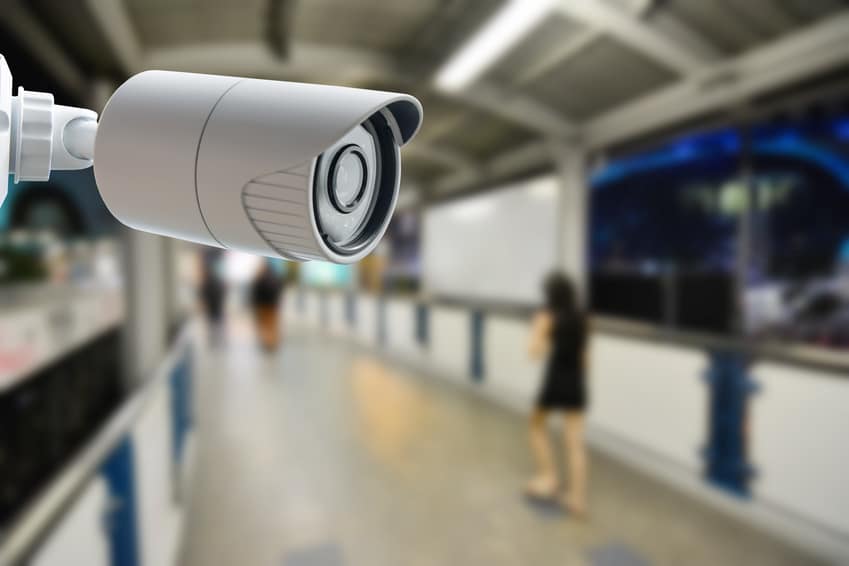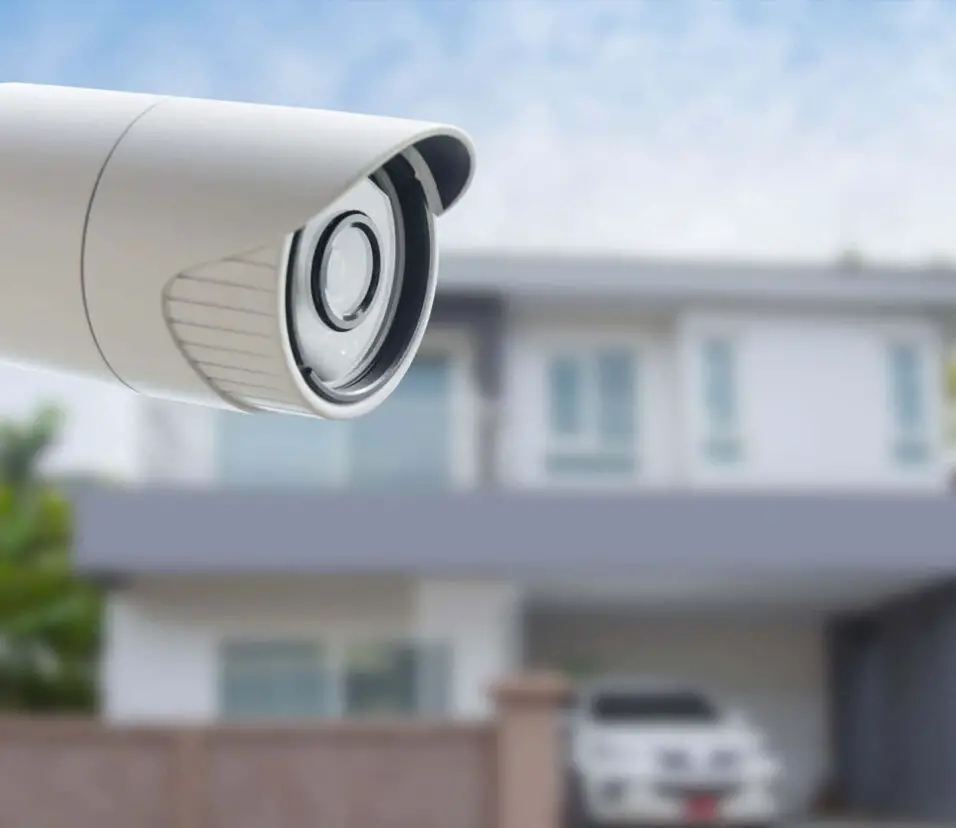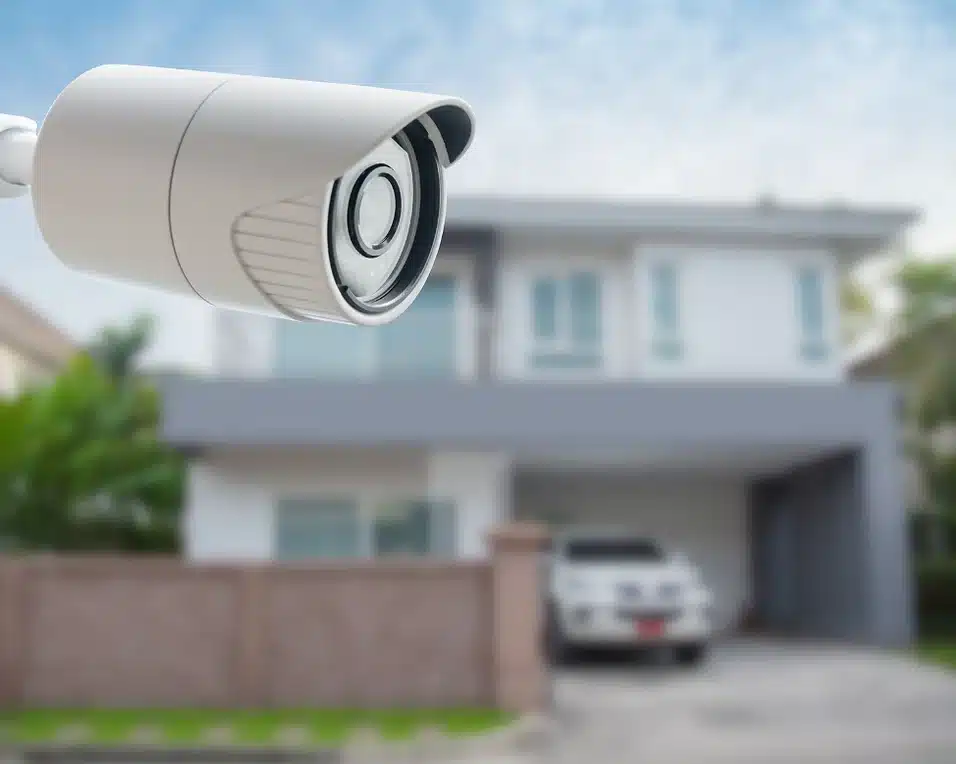Do CCTV Cameras Have Audio
Introduction
Do CCTV Cameras Have Audio: The watchful eyes of CCTV cameras have become ubiquitous in our daily lives. As we navigate through urban landscapes, commercial spaces, and even our homes, these unobtrusive sentinels silently capture and record a visual record of events. However, the extent of their capabilities often raises questions and curiosity. In this exploration, we delve into a specific aspect of their functionality: audio recording.
Closed-Circuit Television (CCTV) ip cameras, once primarily known for their ability to provide a watchful eye through video feeds, have expanded their capabilities to incorporate audio recording. This augmentation introduces a new layer of information, enabling these unassuming devices to not only see but also hear the world around them.
The integration of audio into CCTV systems has sparked a range of discussions and debates. On one hand, proponents argue that audio recording enhances the effectiveness of surveillance by providing context to visual data. It can capture conversations, ambient sounds, and other auditory cues that might be crucial in understanding events or incidents. This can be especially useful in scenarios where visual data alone might lack clarity or fail to convey the full story.

Can CCTV cameras hear you?
Can you hear on security cameras? Users can hear what the security camera picks up if it has a microphone. IP security cameras commonly have microphones. Traditional CCTV, which uses coaxial cables to transmit data, doesn’t usually have audio, because the cables can’t natively transmit audio.
The short answer is yes, many modern CCTV cameras are equipped with audio recording capabilities. These cameras have built-in microphones or audio sensors that allow them to capture sound along with the visual information they collect. This audio data can range from ambient noise to clear conversations, depending on the camera’s sensitivity and the quality of its audio components.
The integration of audio into CCTV systems has both practical and contentious implications. On the practical side, audio-enabled cameras can provide valuable context to visual data. For instance, in security applications, audio recordings can help identify potential threats by capturing sounds like breaking glass, raised voices, or other unusual noises. This added layer of information can enhance the accuracy and effectiveness of surveillance, making it easier to evaluate incidents and respond appropriately.
However, the inclusion of audio in surveillance technology also raises significant concerns related to privacy and ethics. The idea of being unknowingly recorded while going about one’s daily life, even in public spaces, raises legitimate worries about personal privacy. The potential for audio data to be exploited, either intentionally or accidentally, is a focal point of debate. Imagine a scenario in which sensitive personal information or conversations are inadvertently captured by these cameras and then misused, leading to identity theft or compromising situations.
How do I know if my CCTV has audio?
You’ll have to look for the camera; just keep an eye out for multiple holes in a circular shape at the back of the device. Although the cluster of holes does not comprise a microphone, it is a good enough indication that the security camera possesses audio capabilities. Not all speakers will be as visual and apparent.
Check Camera Specifications: Begin by reviewing the specifications and documentation that came with your CCTV cameras. Look for any mention of built-in microphones, audio sensors, or audio recording capabilities. The specifications should provide details about the audio range, quality, and sensitivity of the camera’s audio components.
Physical Inspection: Examine the physical characteristics of your CCTV cameras. If the cameras have a small opening or grille that resembles a microphone, it’s likely that they are equipped with audio recording capabilities. Keep in mind that not all cameras with this feature may have a visible microphone-like design, so this is just one indicator to consider.
Camera Model and Brand: Research the specific model and brand of your CCTV cameras. Visit the manufacturer’s website or consult the user manual to find information about the camera’s features, including audio recording. Many manufacturers provide comprehensive documentation online that outlines the capabilities of their products.
Access Camera Settings: If your CCTV system has a management interface or software, log in to access the camera settings. Look for options related to audio recording, microphone sensitivity, or audio input. If these settings are present, it’s likely that your cameras have audio functionality.
Is there any CCTV camera with audio?
CCTV Cameras or IP Camera, they are able to record audio togehter with the video image. However the two different types of CCTV Cameras, the Analog CCTV and IP CCTV Camera with voice recording captures sound in different manners.
Security and Monitoring: In security scenarios, audio-enabled cameras can provide crucial information about incidents. For instance, the sound of breaking glass, footsteps, or raised voices can alert security personnel to potential threats. The combination of audio and video data can help security teams make more informed decisions and respond quickly to emergencies.
Crime Investigation: Audio recordings can be pivotal in criminal investigations. Clear audio evidence, such as conversations or verbal exchanges, can provide insights into motives and actions. Law enforcement agencies often use audio-enabled CCTV footage as supporting evidence in cases.
Retail and Commercial Environments: Businesses use audio-enabled cameras to monitor customer interactions, employee behavior, and customer service quality. The captured audio can provide insights into customer preferences and employee-customer interactions.
Traffic Surveillance: In traffic management and law enforcement, audio-enabled cameras can capture honking, sirens, and other relevant sounds, aiding in analyzing traffic patterns, accidents, and violations.
How far can a CCTV camera hear?
How far can a CCTV camera hear? As you can see in the table, most audio CCTV cameras have decent microphones that will pick up sound from a distance of around 15 feet. If you need to record audio from further away than that, you may want to consider getting a camera with an external microphone.
Microphone Quality: The quality of the microphone integrated into the camera significantly affects its audio range. High-quality microphones record sound clearly and from a longer distance than lower-quality ones, which may take up more background noise.
Microphone Sensitivity: Microphone sensitivity determines how well the microphone can detect low-volume sounds. Cameras with higher sensitivity can pick up sounds from a greater distance, but this may also result in capturing more ambient noise.
Background Noise: The level of ambient noise in the environment can impact the effective audio range of a CCTV camera. In noisy environments, the camera might struggle to capture clear audio from a distance.
Obstructions: Physical obstructions, such as walls, doors, and other obstacles, can attenuate sound and reduce the effective audio range of the camera. Sound waves can be absorbed, reflected, or diffracted by obstacles, affecting the clarity and range of captured audio.
Do CCTV cameras record all the time?
While some cameras record 24/7, others may only record at scheduled times. Some cameras only record when alerted. When motion is detected, a camera system may start recording.
CCTV systems may record 24/7. This mode is used in high-security places, important infrastructure, and public spaces that need ongoing monitoring. These cameras record continuously, catching every moment in their range of vision. Continuous recording ensures that no event goes undocumented, which can be crucial for investigations or legal purposes.
To conserve storage space and minimize the amount of footage to review, many modern CCTV systems offer motion-activated recording. In this mode, cameras only start recording when they detect movement within their defined detection zones. This approach is effective in capturing events of interest while reducing the volume of irrelevant footage, such as empty corridors or static scenes.
CCTV cameras can record on schedule. Recording may be activated at peak hours or when security is absent. This approach can help manage storage capacity and focus recording efforts on times when incidents are more likely to occur.
How do I check if CCTV is recording?
- Camera Light. First, check the light on the camera itself.
- Check the status of the LEDs. If it’s an infrared IP security camera, you should be able to see little red LEDs on the camera if it’s recording in the dark. …
- Check if the Camera is Moving.
- Use your WiFi connection.
- Check the Memory Card.
Many CCTV cameras have LED indicators that show whether they are currently recording. These indicators are often located near the lens or on the camera housing. The LED light might be solid or blinking to indicate recording status. Check the camera’s manual or documentation to understand the specific meaning of the LED patterns.
If the CCTV camera is connected to a monitor or display, you can observe the live feed to see if the camera is capturing and displaying real-time video. This method allows you to visually confirm whether the camera is recording ongoing activities.
If your CCTV system is managed through a Video Management Software (VMS) or network video recorder (NVR), access the software interface. Most VMS applications show a real-time status of each camera, indicating whether it is actively recording or not. Look for indicators such as a “Recording” icon next to the camera feed.
To confirm recent recordings, access the footage stored on your CCTV system. Navigate to the recorded video clips and look for the specific time frame you want to verify. If you see recorded footage for the time period in question, it indicates that the camera was recording during that time.
How do I block audio on my CCTV?
Use a noise blocker or white noise generator to block long-distance recording or hidden devices in your home. Use frequency scanners or infrared smartphone apps to find hidden cameras. Common sense is your greatest defense against spies.
Access Camera Settings:
Log in to the camera’s management interface or software. This could be a dedicated app, a web interface, or a Video Management Software (VMS). You’ll need administrative access to make changes to the camera settings.
Navigate to the settings or configuration section related to audio. This might be under a “Audio” or “Sound” category. Look for options related to audio recording, microphone sensitivity, or audio input.
In the audio settings, look for an option to disable the microphone or audio recording functionality. This might involve toggling a switch or selecting a “disable” option. Apply the changes once you’ve disabled audio recording.
After disabling audio recording, make sure to save the changes in the camera settings. This ensures that the audio functionality remains blocked even after restarting the camera or system.
Can CCTV record in dark?
Yes, most IR CCTV cameras that operate during the night capture images. However, in most cases, the images are captured in black and white. There are a few security cameras that come with monochrome filters and these are useful during the night.
IR-enabled CCTV cameras use infrared light to illuminate the scene in front of the camera. While the human eye cannot detect IR light, these cameras have sensors that can “see” in the IR spectrum. They emit IR light, which bounces off objects and returns to the camera’s sensor. This reflected IR light allows the camera to capture images and video even in the absence of visible light.
Many modern cameras have an IR cut filter that helps balance color accuracy during daylight conditions. In low light or dark settings, the camera switches off the IR cut filter to allow more IR light to reach the sensor. This switch improves the camera’s ability to capture clear images in the dark.
Some CCTV cameras are equipped with low-light sensors that are more sensitive to available light. These sensors can capture usable images in conditions with very little ambient light.
Most CCTV cameras allow you to adjust their sensitivity settings. By increasing the sensitivity, the camera can capture more light, enhancing its ability to record in low-light conditions.
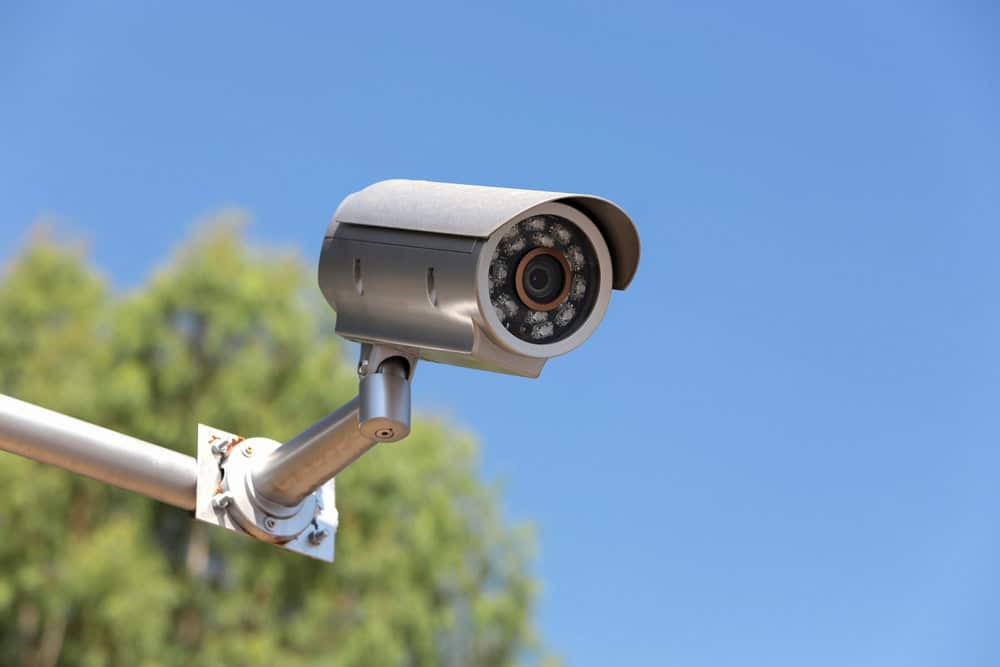
Conclusion
A complex interplay of advantages, concerns, and considerations. The integration of audio into these visual monitoring systems marks a significant evolution in our ability to capture a more comprehensive picture of events and environments. This added dimension offers potential benefits in enhancing security, investigating incidents, and providing context that might otherwise remain hidden within the confines of visual data.
However, the expansion into audio recording also demands a careful examination of ethical, legal, and privacy implications. Striking a balance between security objectives and individual rights becomes paramount, as the potential for unauthorized audio surveillance or the collection of personal conversations raises legitimate concerns. Stringent regulations and transparent practices must be put in place to mitigate these risks and ensure that the technology is wielded responsibly.
Ultimately, the answer to whether CCTV cameras have audio goes beyond the realm of mere technology and delves into broader societal questions. The choices we make in adopting and regulating audio-enabled surveillance reflect our values and priorities as a society. As we move forward, it is crucial to engage in ongoing dialogues that take into account the potential benefits and risks, aiming to harness the capabilities of CCTV cameras with audio in ways that contribute positively to security, justice, and the preservation of individual freedoms.



